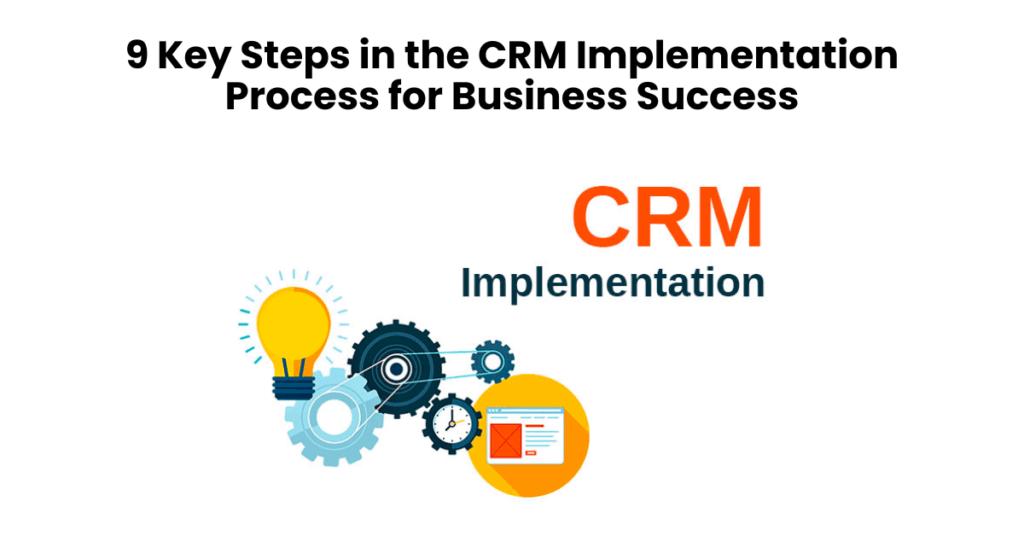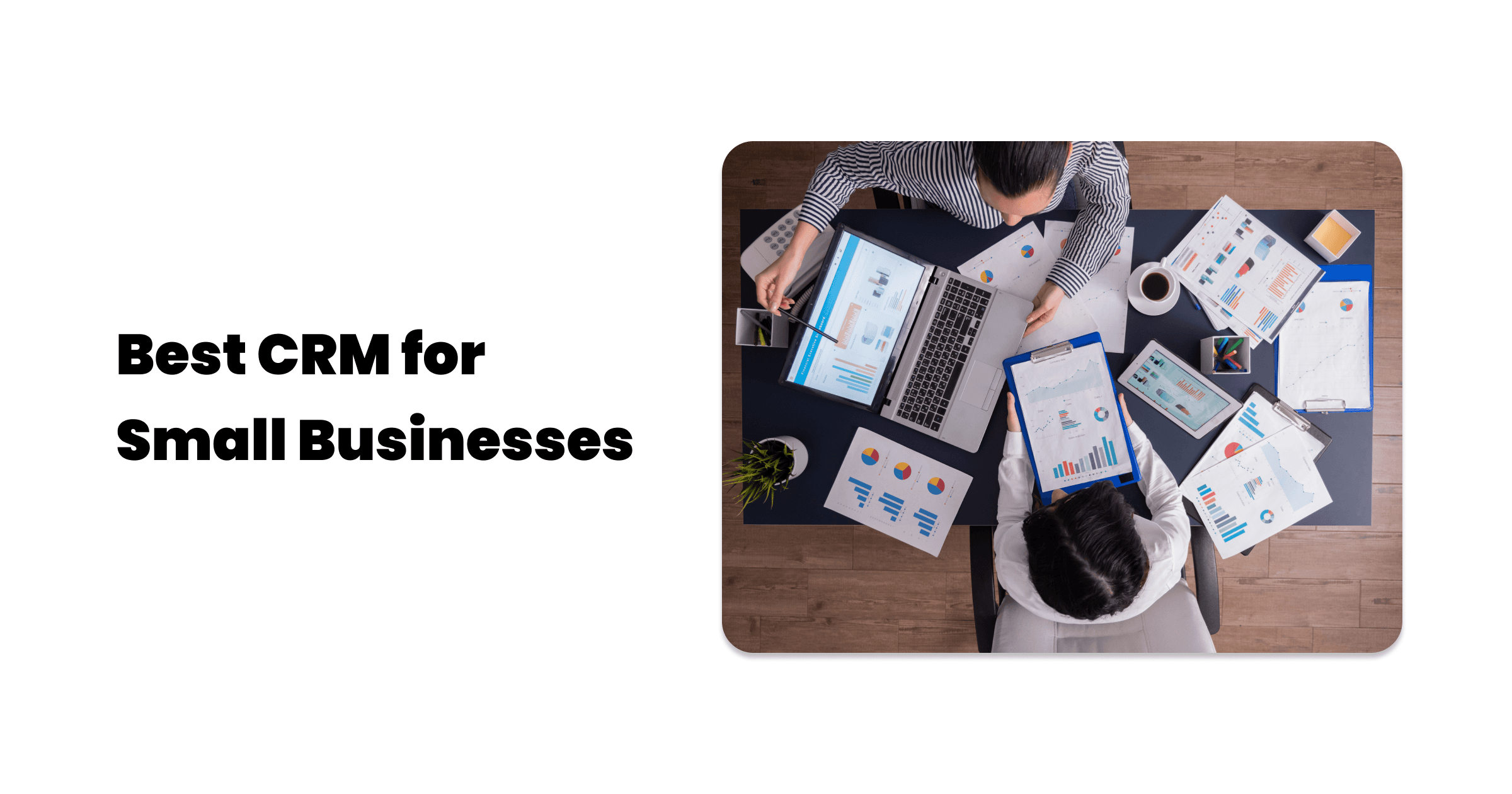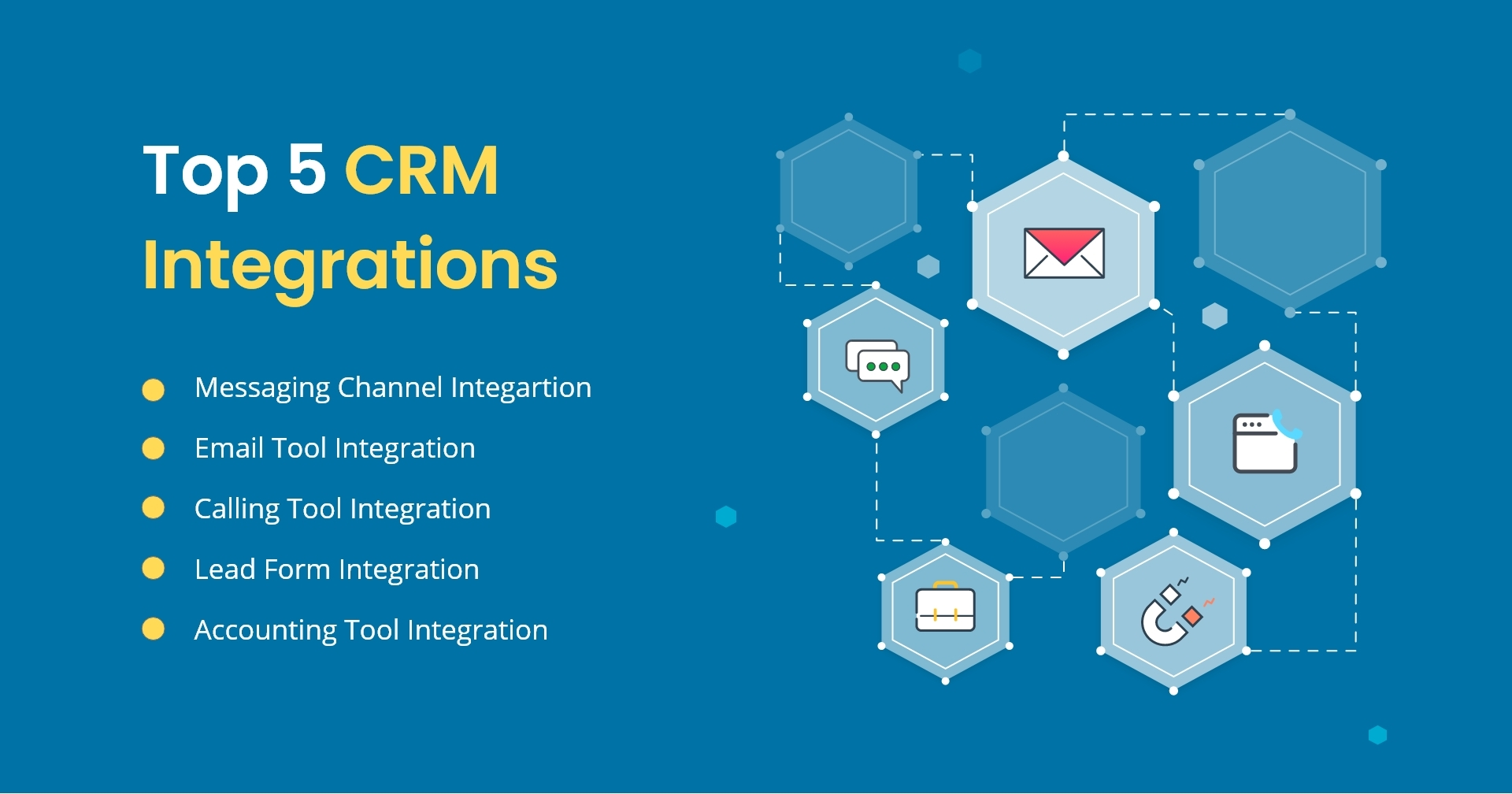
The Ultimate Small Business CRM Implementation Guide: From Zero to Hero
Starting a small business is a rollercoaster, right? One minute you’re riding high on a wave of excitement, the next you’re staring down a mountain of tasks. And let’s be honest, managing your customer relationships can sometimes feel like trying to herd cats. That’s where a CRM (Customer Relationship Management) system swoops in to save the day. But getting started can seem daunting. This comprehensive guide is designed to take you, the small business owner, from CRM newbie to a confident user, ready to harness the power of customer relationship management.
What is a CRM and Why Does Your Small Business Need One?
Before we dive into the nitty-gritty of implementation, let’s get the basics down. A CRM is essentially a centralized hub for all your customer interactions and data. Think of it as a digital Rolodex on steroids. It allows you to:
- Organize Customer Data: Store contact information, purchase history, communication logs, and more in one easily accessible place.
- Improve Communication: Track emails, calls, and meetings, ensuring consistent and personalized interactions.
- Boost Sales: Identify and nurture leads, track sales progress, and automate repetitive tasks.
- Enhance Customer Service: Provide faster and more efficient support, leading to happier customers.
- Gain Insights: Analyze customer data to understand their behavior, preferences, and needs, allowing you to make data-driven decisions.
For a small business, a CRM is not just a luxury; it’s a necessity. It helps you:
- Stay Organized: Prevent information from slipping through the cracks.
- Provide Personalized Experiences: Build stronger customer relationships by remembering details and tailoring interactions.
- Increase Efficiency: Automate tasks, freeing up your time to focus on growing your business.
- Improve Team Collaboration: Ensure everyone on your team has access to the same customer information.
- Scale Effectively: Prepare your business for growth by establishing a solid foundation for managing customer relationships.
Choosing the Right CRM for Your Small Business
The market is flooded with CRM options, so choosing the right one can feel overwhelming. The key is to find a system that aligns with your specific needs and budget. Here are some factors to consider:
1. Your Business Needs
What are your primary goals for implementing a CRM? Do you need to focus on sales, marketing, customer service, or a combination of all three? Consider the specific features you need, such as:
- Contact Management: Storing and organizing customer information.
- Lead Management: Tracking and nurturing potential customers.
- Sales Automation: Automating sales tasks, such as sending emails and creating follow-up reminders.
- Marketing Automation: Automating marketing campaigns, such as sending newsletters and creating targeted ads.
- Customer Service: Managing customer inquiries and resolving issues.
- Reporting and Analytics: Tracking key metrics and gaining insights into your customer data.
- Integration: Compatibility with other tools you use, such as email marketing platforms, accounting software, and social media.
2. Budget
CRM systems range in price from free to thousands of dollars per month. Determine your budget and look for systems that fit within your financial constraints. Consider the total cost of ownership, including implementation, training, and ongoing maintenance.
3. Ease of Use
Choose a CRM that is user-friendly and easy to learn. The last thing you want is a system that’s so complicated that your team resists using it. Look for intuitive interfaces, helpful tutorials, and responsive customer support.
4. Scalability
As your business grows, your CRM needs will evolve. Choose a system that can scale with you, allowing you to add users, features, and integrations as needed.
5. Integration
How does the CRM integrate with your existing tools? Does it offer native integrations with your email marketing platform, accounting software, and other essential applications? Seamless integration can save you time and improve efficiency.
Popular CRM Options for Small Businesses
Here are a few popular CRM options that cater to small businesses:
- HubSpot CRM: A free, user-friendly CRM with a wide range of features, including contact management, sales pipeline tracking, and email marketing tools.
- Zoho CRM: A comprehensive CRM with a range of features for sales, marketing, and customer service. It offers a free plan and various paid plans to suit different business needs.
- Salesforce Sales Cloud: A powerful CRM that’s suitable for businesses of all sizes. It offers a wide range of features and customization options, but it can be more complex to set up and use.
- Pipedrive: A sales-focused CRM that’s designed to help sales teams manage their pipelines and close deals. It’s known for its intuitive interface and ease of use.
- Freshsales: A CRM that offers a range of features for sales and customer service, including built-in phone and email capabilities.
Do your research, explore free trials, and compare features and pricing to find the best fit for your business.
Step-by-Step CRM Implementation Guide
Alright, you’ve chosen your CRM. Now what? Here’s a step-by-step guide to help you implement it successfully:
Step 1: Planning and Preparation
Before you dive into implementation, take some time to plan. This will save you headaches down the road.
- Define Your Goals: What do you want to achieve with your CRM? Be specific. Do you want to increase sales, improve customer satisfaction, or streamline your marketing efforts?
- Identify Your Key Stakeholders: Who will be using the CRM? Get their input and involve them in the planning process to ensure buy-in.
- Assess Your Current Processes: How do you currently manage customer data and interactions? Identify any pain points or inefficiencies.
- Clean Your Data: Make sure your existing customer data is accurate, complete, and up-to-date. This will ensure a smooth transition to your new CRM.
- Choose a Project Lead: Designate someone to oversee the implementation process and ensure everything stays on track.
Step 2: Data Migration
Transferring your existing customer data to your new CRM is a critical step. Here’s how to do it right:
- Export Your Data: Export your data from your existing systems (e.g., spreadsheets, email clients).
- Clean and Format Your Data: Make sure your data is in a consistent format that your CRM can import.
- Import Your Data: Follow your CRM’s instructions to import your data.
- Verify Your Data: Check to make sure your data has been imported correctly.
Don’t underestimate the importance of data migration. It’s the foundation upon which your CRM success will be built.
Step 3: Customization and Configuration
Tailor your CRM to fit your specific business needs. This is where you make it your own.
- Customize Fields: Add custom fields to capture the specific information you need about your customers.
- Configure Workflows: Automate tasks, such as sending emails and creating follow-up reminders.
- Set Up User Permissions: Control who has access to what information within the CRM.
- Integrate with Other Tools: Connect your CRM with your other essential tools, such as email marketing platforms and accounting software.
The more you customize your CRM, the more value it will bring to your business.
Step 4: Training and Adoption
No CRM is effective if your team doesn’t use it. Training is crucial for ensuring adoption.
- Train Your Team: Provide comprehensive training on how to use the CRM.
- Create Training Materials: Develop user guides, videos, and other resources to help your team learn the system.
- Encourage Adoption: Emphasize the benefits of using the CRM and provide ongoing support.
- Monitor Usage: Track how your team is using the CRM and identify any areas where they need additional training or support.
Successful CRM implementation requires a commitment to training and ongoing support.
Step 5: Testing and Iteration
Before you fully launch your CRM, test it thoroughly. Make sure everything works as expected.
- Test Your Workflows: Make sure your automated tasks are functioning correctly.
- Test Your Integrations: Verify that your CRM is properly integrated with your other tools.
- Gather Feedback: Ask your team for feedback on the system and make adjustments as needed.
- Iterate and Improve: Continue to refine your CRM based on your team’s feedback and your evolving business needs.
CRM implementation is an ongoing process. Be prepared to make adjustments and improvements over time.
Best Practices for CRM Implementation
To maximize your chances of success, follow these best practices:
- Start Small: Don’t try to implement everything at once. Start with the core features and gradually add more functionality.
- Focus on User Adoption: The success of your CRM depends on your team’s willingness to use it. Make it easy for them to adopt the system.
- Provide Ongoing Support: Offer ongoing training and support to help your team use the CRM effectively.
- Measure Your Results: Track key metrics to measure the effectiveness of your CRM.
- Stay Flexible: Be prepared to adapt your CRM to your evolving business needs.
- Keep it Simple: Avoid overcomplicating your CRM. The simpler it is, the more likely your team is to use it.
Common Mistakes to Avoid
Implementing a CRM is not always smooth sailing. Here are some common mistakes to avoid:
- Not Defining Clear Goals: Without clear goals, you won’t know if your CRM is successful.
- Not Involving Your Team: Failing to get your team’s input can lead to resistance and low adoption rates.
- Poor Data Quality: Inaccurate or incomplete data will undermine your CRM’s effectiveness.
- Over-Customization: Over-customizing your CRM can make it difficult to use and maintain.
- Lack of Training: Without adequate training, your team won’t be able to use the CRM effectively.
- Not Measuring Results: If you don’t track your results, you won’t know if your CRM is making a difference.
Avoiding these pitfalls will significantly increase your chances of CRM success.
Maximizing CRM ROI for Your Small Business
The ultimate goal is to get a return on your investment. Here’s how to maximize the ROI of your CRM:
- Focus on Sales Automation: Automate repetitive sales tasks, such as lead qualification and follow-up emails, to free up your sales team’s time.
- Improve Lead Management: Implement lead scoring and nurturing processes to identify and convert qualified leads.
- Personalize Customer Interactions: Use your CRM to personalize your communications and tailor your offers to your customers’ needs.
- Track Sales Performance: Use your CRM to track key sales metrics, such as conversion rates and average deal size, to identify areas for improvement.
- Improve Customer Service: Use your CRM to provide faster and more efficient customer service, leading to higher customer satisfaction.
- Leverage Marketing Automation: Use your CRM to automate marketing campaigns, such as sending targeted emails and creating personalized landing pages.
- Integrate with Other Tools: Integrate your CRM with your other business tools to streamline your workflows and eliminate data silos.
The Future of CRM for Small Businesses
CRM technology is constantly evolving. Here’s what you can expect in the future:
- Artificial Intelligence (AI): AI-powered CRM systems will become more sophisticated, providing insights and automating tasks to a greater extent.
- Mobile CRM: Mobile CRM applications will become even more important, allowing you and your team to access and manage customer data from anywhere.
- Personalization: CRM systems will become even better at personalizing customer interactions, leading to more effective marketing and sales efforts.
- Integration: CRM systems will become even more integrated with other business tools, creating a seamless workflow.
- Focus on Customer Experience: The focus will shift even more towards providing exceptional customer experiences.
Embracing these trends will help you stay ahead of the curve and ensure your CRM continues to deliver value for your small business.
Conclusion: Embrace the Power of CRM
Implementing a CRM system is a game-changer for small businesses. By following this guide, you can set your business up for success, improving customer relationships, boosting sales, and streamlining operations. Don’t be afraid to start. Take it one step at a time, and you’ll be amazed at the positive impact a well-implemented CRM can have on your bottom line. Remember, the journey to CRM mastery is a marathon, not a sprint. Stay committed, learn from your experiences, and adapt as your business evolves. Your customers (and your sanity) will thank you for it.
So, take the plunge, implement that CRM, and watch your small business flourish!

